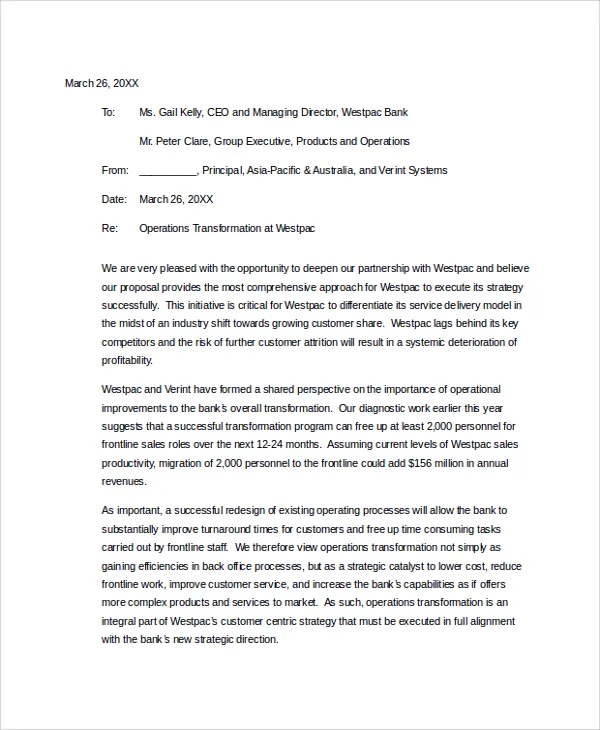What is a Proposal Cover Letter
A proposal cover letter is a crucial business document accompanying a proposal. It serves as the introduction, setting the stage for your proposal and persuading the recipient to read further. Think of it as your first impression, designed to capture attention and clearly communicate the proposal’s purpose. It’s more than just a formality; it’s a vital opportunity to highlight the key benefits, demonstrate your understanding of the recipient’s needs, and express your enthusiasm for the project. A well-crafted cover letter significantly increases the chances of your proposal being accepted, making it an essential part of the proposal writing process.
Purpose and Importance
The primary purpose of a proposal cover letter is to introduce your proposal in a compelling and professional manner. It sets the tone for the entire document and immediately informs the recipient of the proposal’s subject. Its importance lies in its ability to grab the reader’s attention, establish a positive first impression, and encourage them to delve into the specifics of your proposal. Furthermore, a well-written cover letter demonstrates your attention to detail, your understanding of the recipient’s needs, and your commitment to the project’s success. It’s the key to getting your proposal read and seriously considered.
Key Components of a Proposal Cover Letter
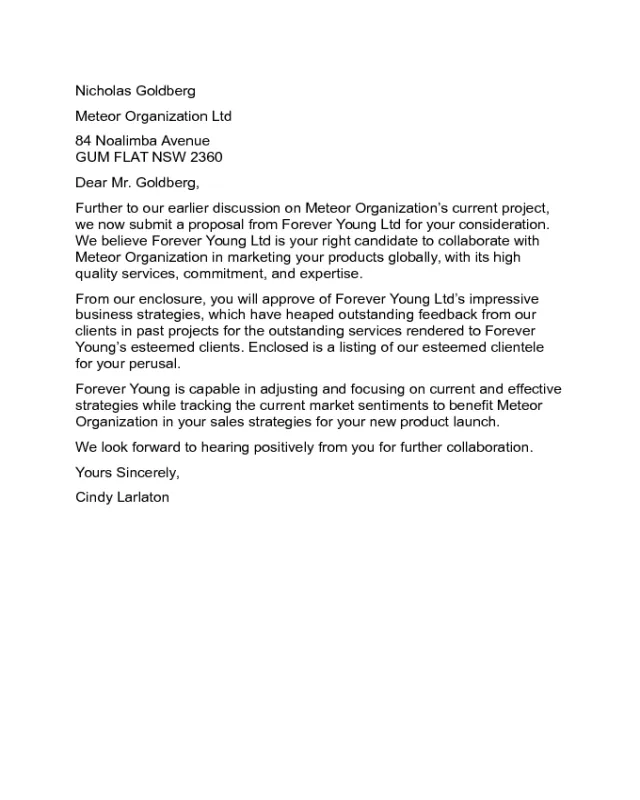
Your Contact Information and Date
Start your cover letter by including your contact information in the top left or right corner. This typically includes your name, title, company, address, phone number, and email address. Below this, include the date the letter is being written. This provides the recipient with immediate access to contact details and establishes the timeline of the proposal.
Recipient’s Information
Directly beneath your information and the date, include the recipient’s information. This should include their name, title, company name, and address. Addressing the letter to a specific person, rather than a generic title, significantly personalizes the communication and shows that you have done your research.
The Salutation
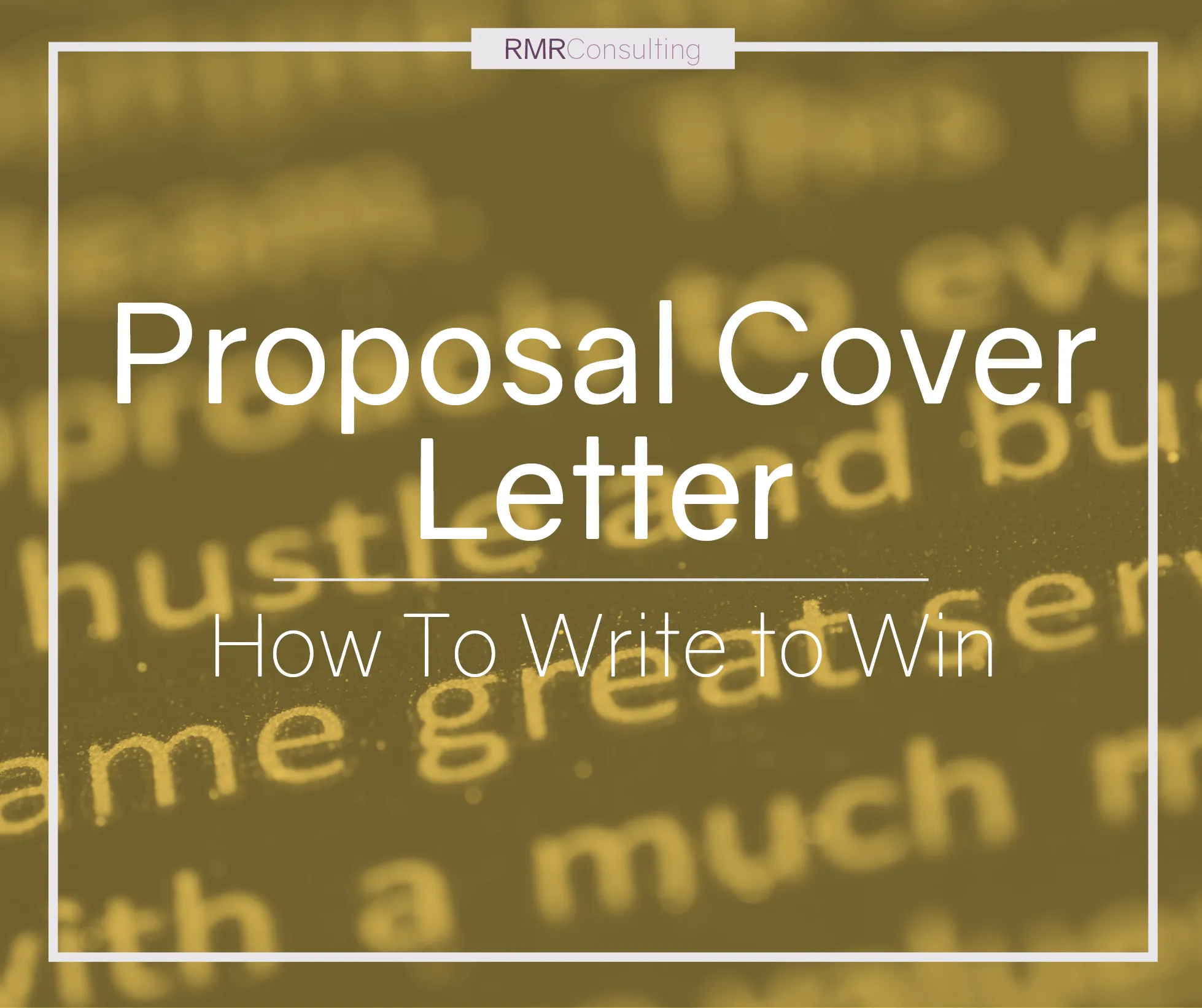
The salutation sets the tone for your letter. Use a formal and professional salutation like “Dear Mr./Ms./Dr. [Last Name].” If you don’t know the name of the recipient, using “Dear Hiring Manager” or “Dear [Department]” is acceptable but less personalized. Always ensure you spell the recipient’s name correctly, as this demonstrates respect and attention to detail. A strong, personalized salutation immediately makes a positive impression.
The Opening Paragraph
The opening paragraph is your chance to grab the reader’s attention. It should be concise and immediately state the purpose of the letter and the proposal. Briefly mention what the proposal is about and why you are writing. Consider including a hook to capture the reader’s interest, such as referencing a challenge the recipient is facing or a recent success the recipient’s company has had. Keep it brief and focused, setting the stage for the more detailed information to follow.
Briefly Introduce Yourself
In the opening, briefly introduce yourself and your organization. Highlight any relevant experience or credentials that make you qualified to address the recipient’s needs. The introduction should provide context for who you are and why you’re presenting this proposal, establishing credibility and showcasing your expertise. Keep this section concise, focusing on information directly relevant to the proposal’s subject matter.
State the Purpose of the Proposal
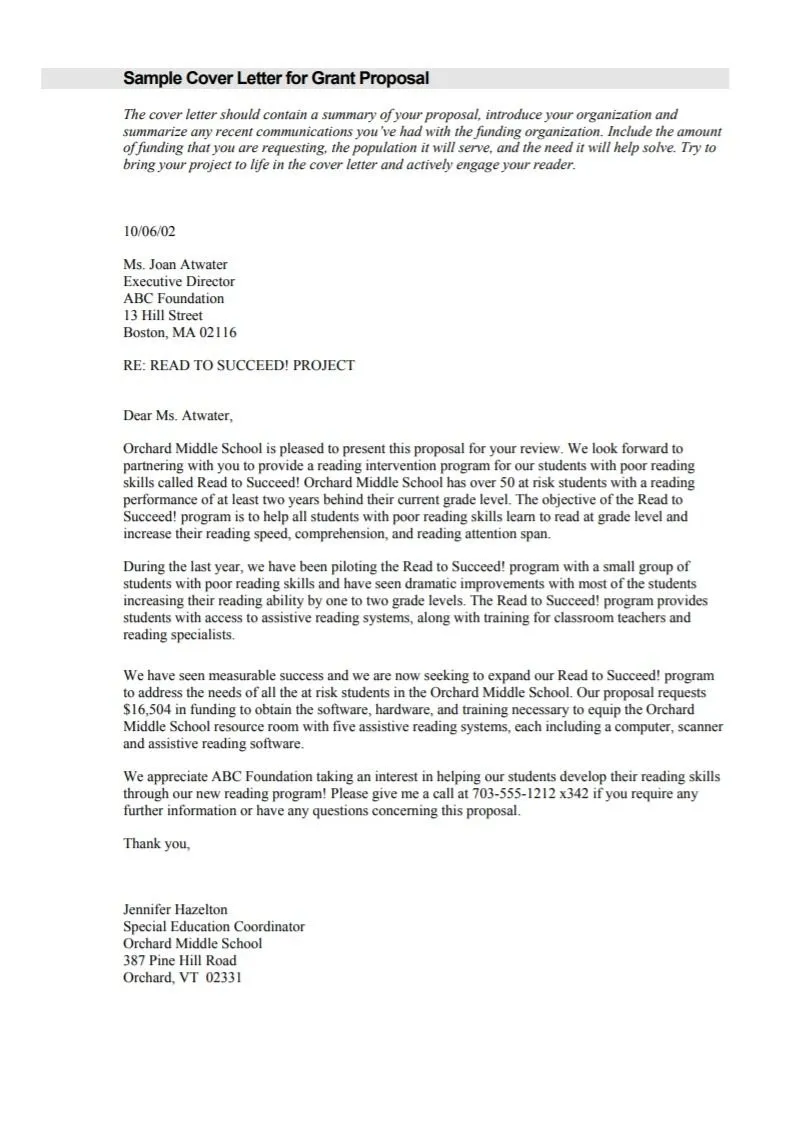
Clearly state the purpose of your proposal in the opening paragraph. Let the recipient know what you are proposing to do, what problem you are addressing, or what opportunity you are offering. Being direct and explicit about your proposal’s aim helps the recipient immediately understand the context of the information that will follow. Using clear, simple language will enhance comprehension.
Highlight Key Benefits
The body of your cover letter should highlight the key benefits of your proposal. Focus on what the recipient stands to gain by accepting your proposal. This might include increased efficiency, cost savings, improved outcomes, or any other advantages. This part of the letter should be persuasive, demonstrating how your proposal aligns with the recipient’s needs and objectives. Use concise language and quantifiable results whenever possible to bolster your arguments.
Summarize the Proposal’s Value Proposition
Summarize the unique value proposition of your proposal. What makes your proposal stand out from others? What specific advantages do you offer that competitors don’t? The value proposition should clearly explain what the recipient will gain by choosing your proposal. Emphasize the benefits and how your offering solves the recipient’s problems or helps them achieve their goals.
Emphasize Your Understanding of the Need
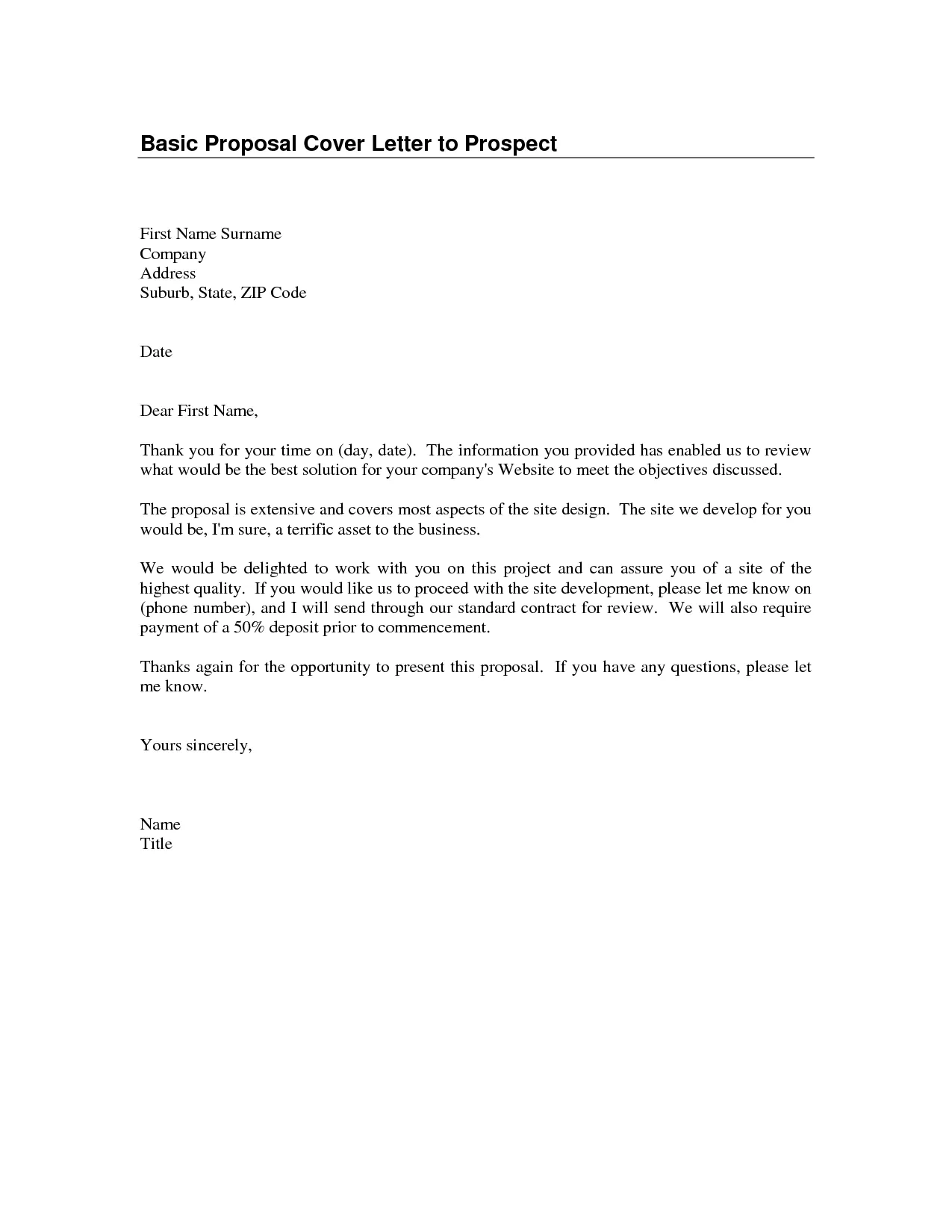
Show that you understand the recipient’s needs, challenges, and goals. Demonstrate that you have thoroughly researched their organization or situation. This might involve referencing specific issues they face, or the strategies they are pursuing. By demonstrating your insight, you build trust and show that your proposal is well-suited to address their specific circumstances. Tailoring your letter to their specific needs also shows you’re not sending a generic proposal.
Call to Action and Next Steps
Conclude your cover letter with a clear call to action, indicating what you want the recipient to do next. This might involve scheduling a meeting, requesting a review of the proposal, or providing a decision by a certain date. A clear call to action ensures the recipient knows the desired outcome. Also, state any next steps, such as when you will follow up or how they can reach you with questions.
Express Enthusiasm and Encourage a Response
Convey your enthusiasm for the project and encourage a response. Expressing your excitement and willingness to collaborate enhances the likelihood of a positive response. You can also mention how you look forward to discussing the proposal further or how eager you are to assist them in achieving their goals. A positive and proactive tone can significantly influence the recipient’s perception of your proposal.
Include a Clear Request for Action
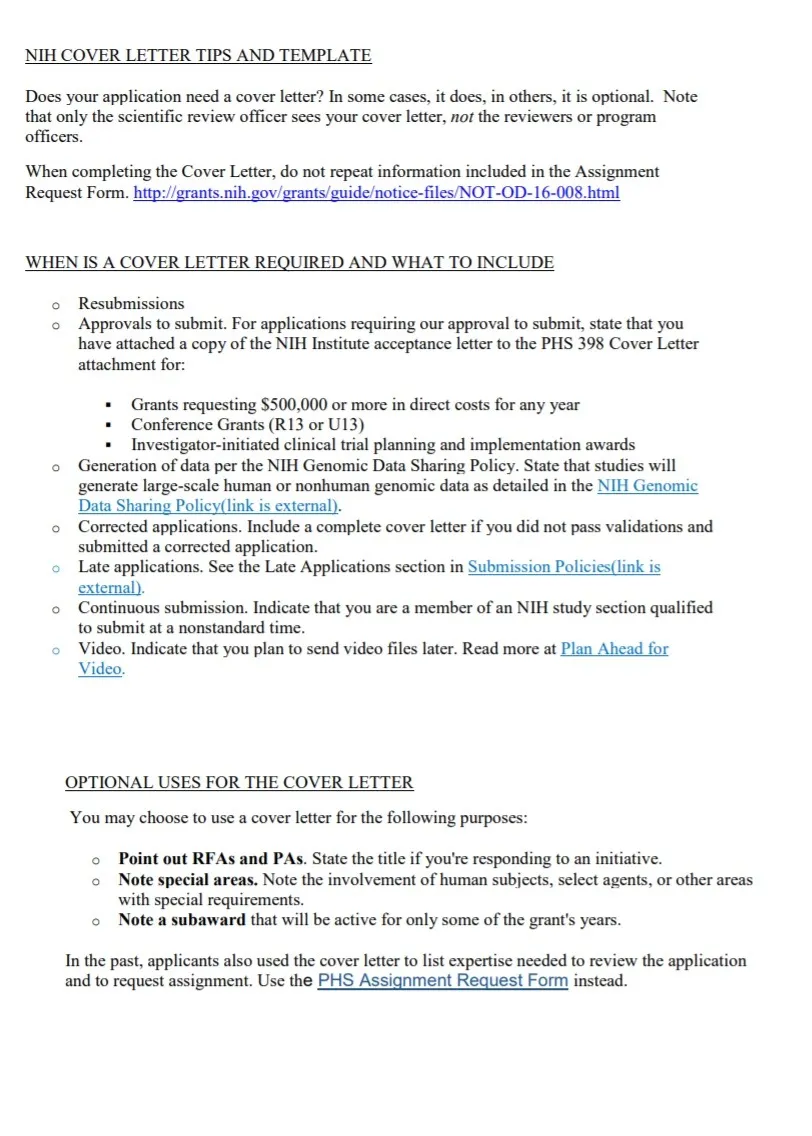
Include a clear and direct request for action in your closing. This should clearly state what you want the recipient to do next, such as schedule a meeting, contact you for further details, or review the proposal and provide feedback. Make it easy for the recipient to take the next step, and ensure the action requested aligns with the proposal’s goals. Avoid ambiguity and be specific about the desired outcome.
Closing and Signature
Use a professional closing such as “Sincerely,” or “Best regards.” Then, leave space for your signature, followed by your typed name and title. If submitting the cover letter electronically, you can include a scanned or digital signature. This formal closing reinforces the professionalism of the communication and provides a clear end to your letter, preparing the recipient for the signature block.
Formatting and Design Tips
Formatting and design play a crucial role in how your proposal cover letter is received. A well-formatted letter is easy to read, professional-looking, and reflects positively on your organization or yourself. Pay attention to the layout, font choices, and overall aesthetics to ensure your cover letter is visually appealing and easy to navigate. Poor formatting can detract from the message and reduce the effectiveness of your proposal.
Keep It Concise and Focused
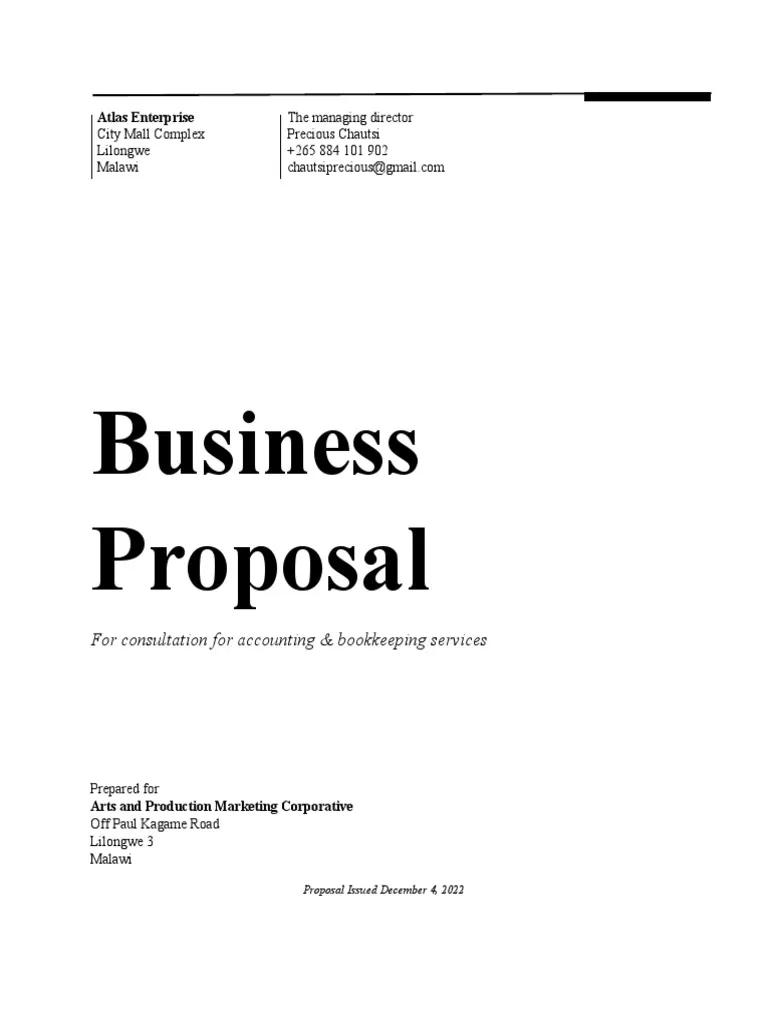
Keep your cover letter concise and focused. Aim for one page, or at most, two pages. The cover letter should summarize the main points of the proposal, not repeat every detail. Avoid unnecessary jargon and wordiness. Get straight to the point, highlighting the key benefits and value you offer. Brevity is key in capturing the reader’s attention.
Use Professional Formatting
Use professional formatting. Use a standard font, such as Times New Roman, Arial, or Calibri, in a readable size (11 or 12 points). Maintain consistent spacing and margins. Use clear headings, bullet points, and paragraphs to break up text and make the letter easy to scan. Proofread your document for any formatting inconsistencies before sending it.
Proofread and Edit Carefully
Proofread and edit carefully. Typos, grammatical errors, and formatting mistakes can undermine your credibility. Before sending your cover letter, thoroughly review the document for any errors. Have a colleague or friend review it as well, as a fresh set of eyes can often catch mistakes you might miss. Paying attention to detail creates a positive impression and reflects your professionalism.
Proposal Cover Letter Samples and Examples
Examining proposal cover letter samples can provide insights into the best practices and improve your ability to write effective letters. Reviewing diverse examples helps you understand how to tailor your cover letter to suit different proposal types. Different types of proposals, such as business, grant, and project proposals, require tailored approaches. Each kind of cover letter must be adapted to fit the specific needs and expectations of the recipient. Below are some examples.
Sample Cover Letter for a Business Proposal
A business proposal cover letter typically introduces a new business venture, product, or service to potential clients or partners. It should emphasize the value your business provides and the benefits the recipient will gain from the proposed collaboration. The letter might highlight market research, financial projections, and competitive advantages to create a compelling case. The tone should be professional and persuasive, with a clear call to action, encouraging a meeting or further discussion to explore the proposal’s details and benefits.
Sample Cover Letter for a Grant Proposal
A grant proposal cover letter is submitted to a grant-making organization to secure funding for a specific project or program. The letter should clearly state the project’s purpose, its alignment with the grant-giver’s mission, and the potential impact of the project. It should include a brief overview of the project’s goals, methodology, and anticipated outcomes. The tone must be professional and align with the grant guidelines. It should also express gratitude for the opportunity to apply for the grant and a call to action that requests funding consideration.
Sample Cover Letter for a Project Proposal
A project proposal cover letter introduces a detailed plan for a specific project. It should outline the project’s objectives, scope, and methodology, highlighting how the project addresses a particular need or solves a specific problem. The letter should showcase the project team’s qualifications, the timeline, and the projected outcomes. The tone needs to be confident and professional. It should convey the project’s feasibility and benefits. It should also include a call to action, inviting the recipient to review the proposal and discuss the next steps.
Common Mistakes to Avoid
Avoiding common mistakes is crucial for crafting an effective cover letter. Common pitfalls can significantly diminish your credibility and undermine your efforts. By recognizing these errors, you can ensure your letter makes a strong, positive impression, increasing your chances of success. Paying attention to detail and taking the time to carefully craft and review your letter can make all the difference in securing your proposal.
Generic or Irrelevant Information
Avoid generic or irrelevant information. Tailor your cover letter to each specific recipient and proposal. Generic letters that could apply to anyone show a lack of attention to detail and lack of interest in the specific project. Customize your letter to the recipient, demonstrate your understanding of their needs, and highlight only the most relevant aspects of your experience and the proposal. Focus on the recipient’s specific needs and tailor the information to create a strong, personalized impression.
Typos and Grammatical Errors
Always proofread for typos and grammatical errors. Errors undermine your credibility and can make your organization seem unprofessional. Take the time to carefully proofread your letter. Use a grammar checker and have another person review your letter. Correcting errors demonstrates attention to detail and respect for the recipient. Such small errors can create a negative impression and detract from your professionalism. This attention to detail is necessary for effective communication.
Failure to Customize for the Recipient
Avoid sending generic letters; always customize them for each recipient. Failing to tailor your letter to the specific recipient and the proposal indicates a lack of interest and attention. Customize your letter by referencing the recipient’s needs and demonstrating how your proposal directly addresses those needs. Research the recipient and their organization, and tailor your letter to show that you understand their requirements. Personalization increases your chances of making a favorable impression.
Key Takeaways for Writing a Great Proposal Cover Letter
In summary, a great proposal cover letter is a concise, well-formatted, and tailored introduction that highlights the key benefits of your proposal and motivates the recipient to read further. It should be addressed to the appropriate person and use a professional tone, focusing on their needs and demonstrating your understanding of the situation. A clear call to action is essential, as is thorough proofreading and attention to detail. By avoiding common mistakes and following these key guidelines, you can significantly increase the effectiveness of your proposal cover letters, leading to greater success.
